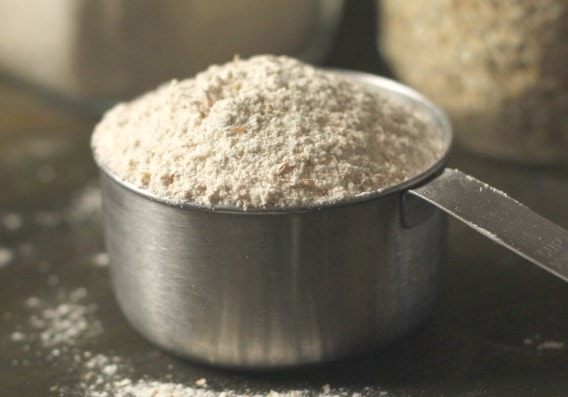
Tips for Whole Grain Baking
Besides the well-known whole wheat flour, there are several other types of whole grain flours, such as spelt, barley and rye, but these aren’t always easy to find. Whole wheat flour, however, should be easily found at any grocery store. There are guides out there claiming that whole wheat and all-purpose are not interchangeable, but using the tips below, I find that you can usually use them interchangeably.
Written by: Erin Texanerin Baking
If you’re completely new to whole grain baking, I suggest finding a recipe that already calls for whole wheat flour. If you use a recipe specifically developed to use whole wheat flour (like these Whole Wheat Cinnamon Sugar Baked Donuts!) it’s more likely that the recipe will turn out well. It’s great to experiment but sometimes substituting can be tricky!
If you want to use whole wheat flour in a favorite recipe of yours, start off by replacing one fourth of the flour with whole wheat. Gradually increase the amount of whole wheat, allowing yourself some time to get used to the taste. To go from using all white flour to all whole wheat flour is doable, but it’s quite likely that somebody in your family won’t take well to an immediate switch.
Sometimes you’ll find that you don’t want a recipe to be 100% whole wheat, but only 75% and that’s okay. Some whole wheat is always better than none! I almost never use white flour any longer but it took time to build up to that point. There are still a few recipes which I use some white flour in like biscuits and rolls, and some recipes that I would never use whole wheat in. I for instance try to avoid using whole wheat in very delicate baked goods like an angel food cake because whole wheat often yields a slightly denser end product.
If you have people in your family who don’t like the taste of whole wheat flour, you can easily hide the taste and they’ll be none the wiser. Chocolate recipes are a great place to start. Chocolate and cocoa powder do a wonderful job of covering up any hints of whole wheat.
Banana, gingerbread, and pumpkin are also great flavors to work with as the spices that usually accompany them cover up any traces that the recipe has been made in a more healthful way. When the batter or dough doesn’t have an intense flavor – basically, vanilla anything – it’s clear that it’s been made with whole wheat.
Other types of whole grain flour:
White whole wheat flour
If you have picky eaters that are turned off by the darker color or mildly nutty taste of whole wheat baked goods, white whole wheat flour is a great flour to start off with. This type of flour is made from a naturally occurring albino wheat, which results in its lighter color and milder taste. The amazing thing about white whole wheat flour is that it is just as nutritious as regular whole wheat! It’s not as easy to find as regular whole wheat flour but you can order it from the King Arthur Flour website.
Whole wheat pastry flour
Whole wheat pastry flour, which is more finely ground than regular whole wheat, is also a great option. Although great for cakes and pastries, as it results in a more tender product, it’s generally not recommended for yeast breads.
Oat flour
Oats are also whole grain. I love recipes that use oats or oat flour because they simply, in general, taste less healthy than goodies made with all whole wheat flour. To make oat flour, simply grind oats in your food processor or coffee grinder until powdery. Do keep in mind that you can not sub oat flour for wheat flour and vice versa because of oat flour’s lack of gluten, which is needed to hold your baked goods together.
I’ve found that the feeling of satisfaction knowing that my baked goods are somewhat healthier far outweighs the little effort it takes to learn about whole grain baking. If ever in doubt, just find a recipe specifically developed for whole wheat flour and you’ll be set!
Whole wheat recipes great for those new to whole grain baking (that I’ve tried myself and loved):
- Whole Wheat Lemon Blueberry Scones | Chocolate & Carrots
- Whole Wheat Banana Nut {Mini} Doughnuts | Naturally Ella
- 100% Whole Grain M&M Oatmeal Cookies | Texanerin Baking
More tips for whole grain baking:
- Grinding You Own Flours | Good Life Eats / Some the Wiser
- Substituting Whole Wheat Flour – A Primer | Cooking For Seven
Have you had any whole grain baking mishaps? Let me know and we can troubleshoot!
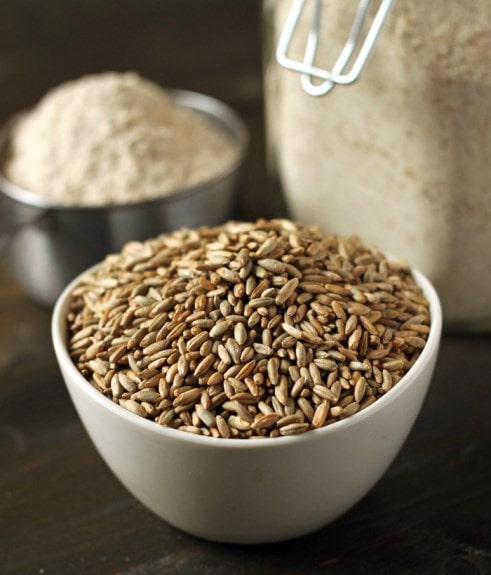


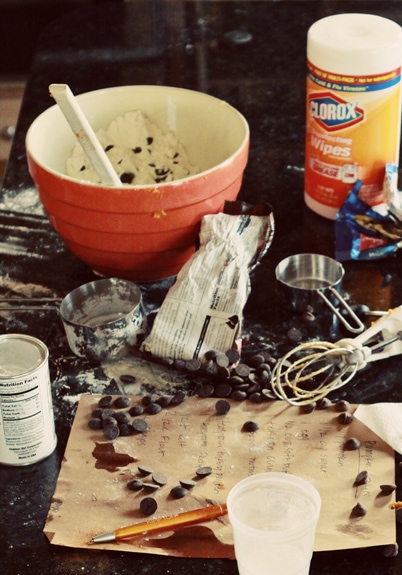
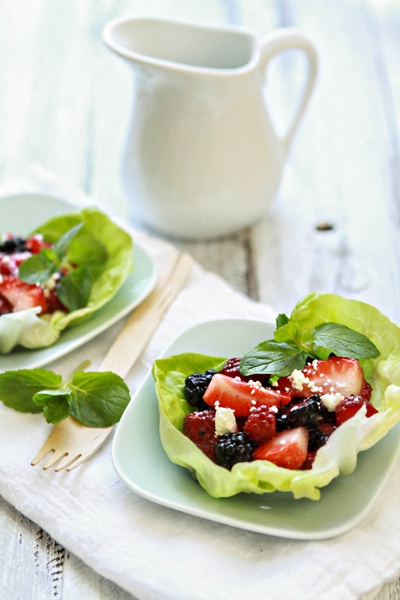
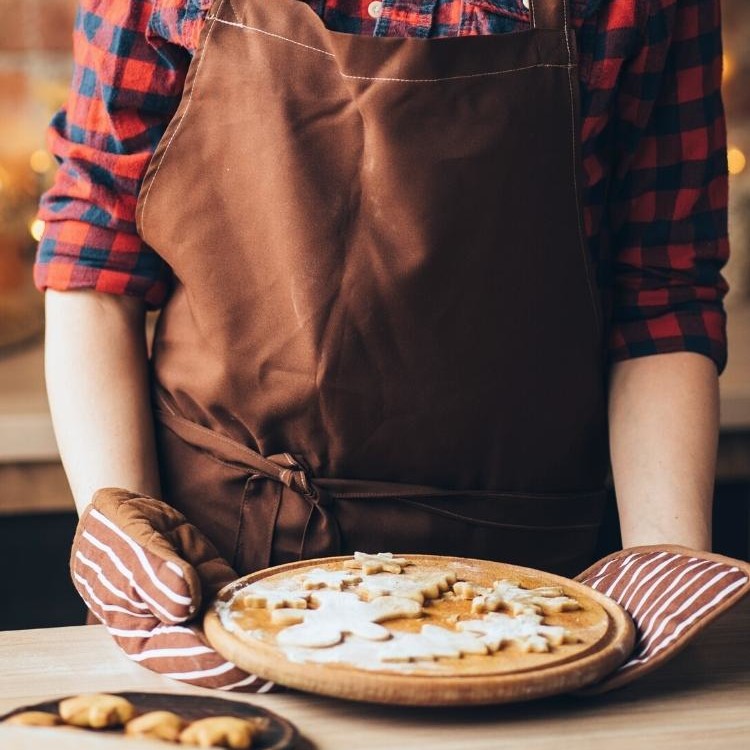
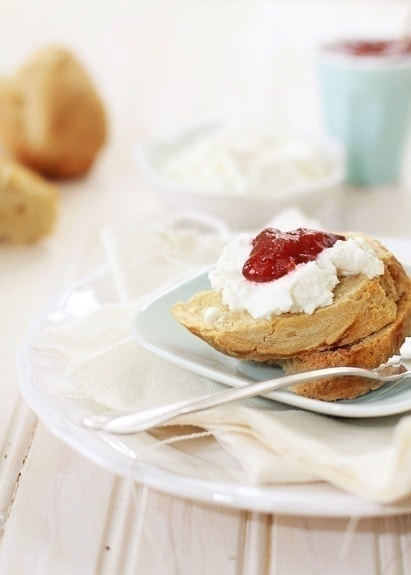
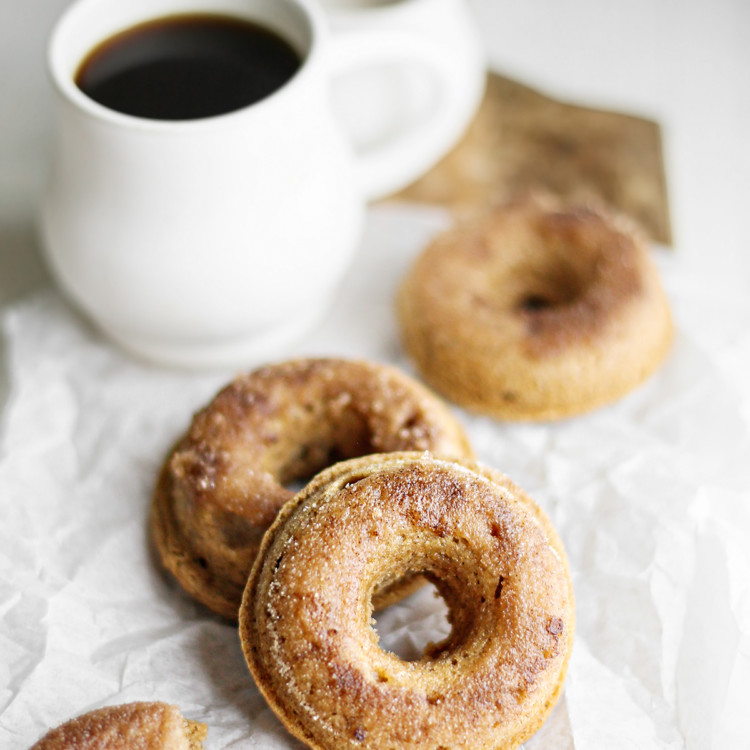
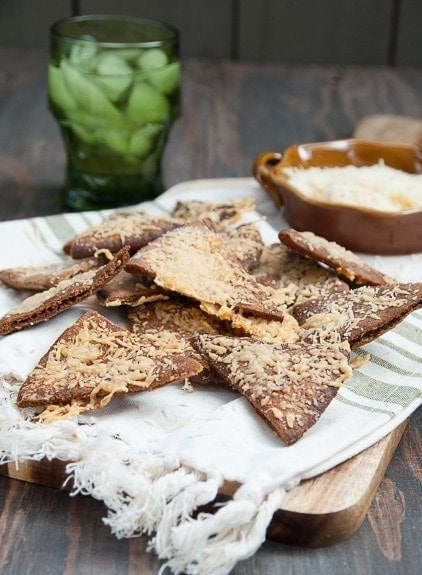
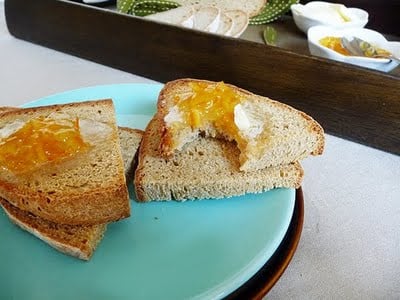
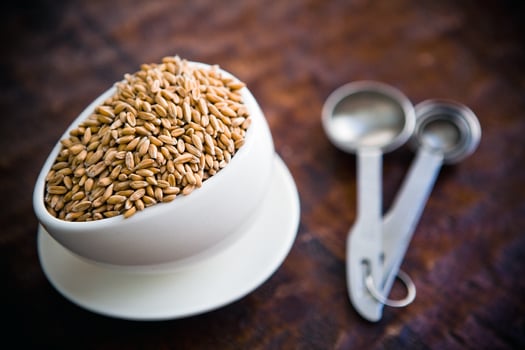
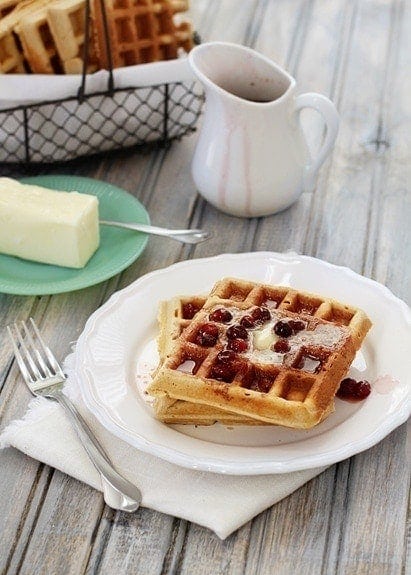
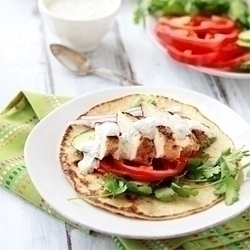

Caroline @ chocolate & carrots says
Whole grain perfection! 😀 I love your suggestion to start with chocolate, too. Thanks for including the link love!
Marta @ What should I eat for breakfast today says
Great post Erin.
Carla @ Carlas Confections says
Ok, now I need to jump into this whole wheat baking thing! Wish me luck! 😉
Rayna says
As an athlete myself, I’m always looking to make recipes healthier so I don’t get too out of shape! Thank you so much!
Regina @ SpecialtyCakeCreations says
I love all these great tips. Will sure keep in mind as I try to incorporate more whole wheat flour in my baking.
Nisha says
I have been consuming whole wheat flour (WWF) practically every day of my life eating the Indian roti. But substituting all-purpose flour with whole wheat flour in baking sweet treats has not gone down well with me. As a matter of fact, last year I tried someone’s healthy chocolate cake recipe using WWF instead of APF, and I just couldn’t eat beyond 3 bites.
I guess adapting to WWF does take some time! And just like you said, has to be done gradually 🙂
Rachel @ Baked by Rachel says
Love these tips. I picked up a small bag of whole wheat on my last trip to try out but was tempted to go with white whole wheat. Next time, as I’m sure it’ll be received better by my family. 🙂
Tieghan says
These are great tips! Cant wait to use some of the today!